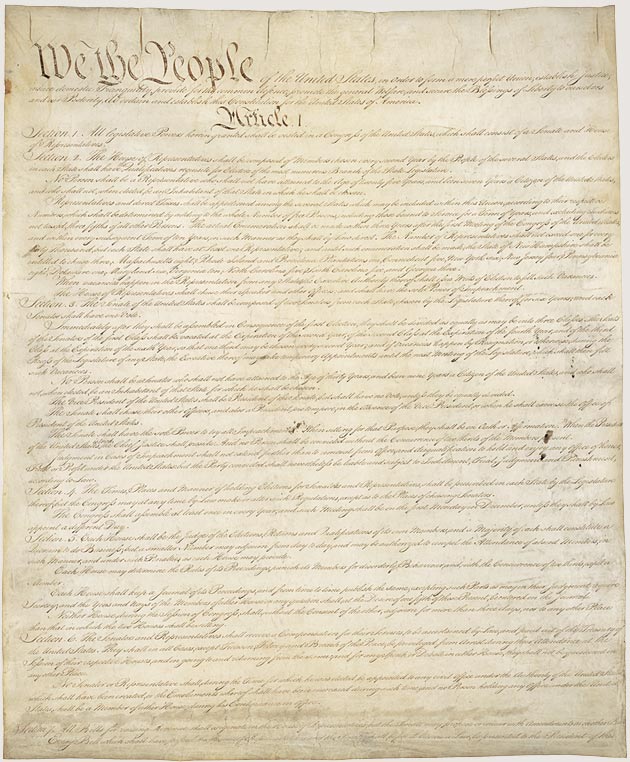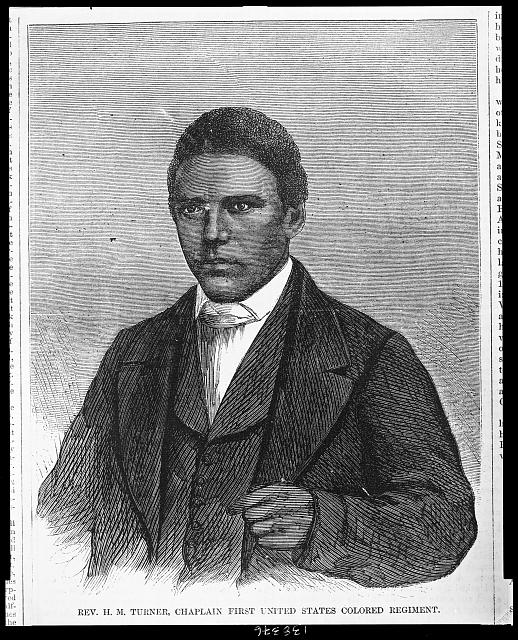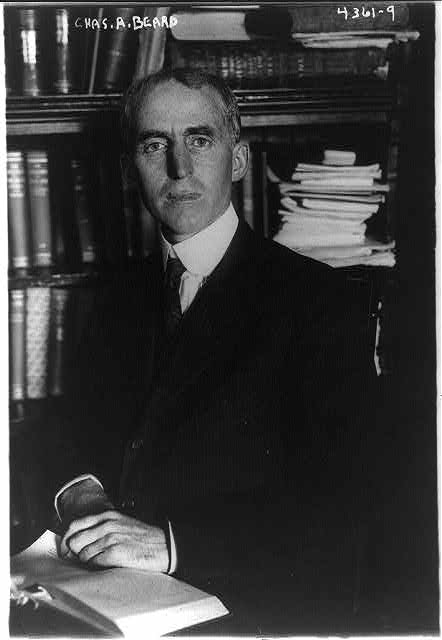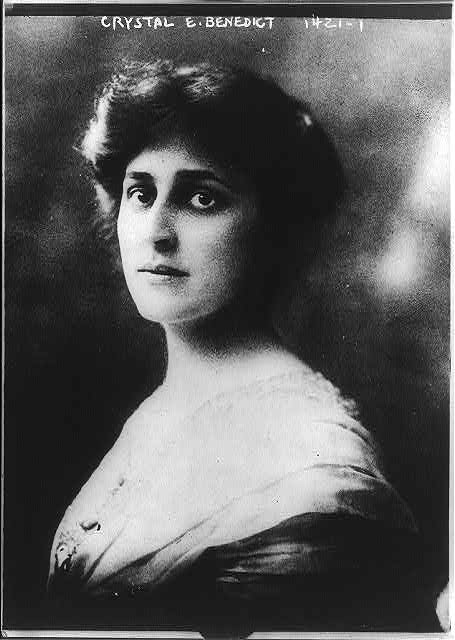Aziz Rana, The Constitutional Bind: How Americans Came to Idolize a Document that Fails Them (Chicago: University of Chicago Press, 2024). $45.00 (Cloth). 824 pages.
Unlike France, whose common constitutional memory recognizes five separate republics, the United States venerates its first, rallying around the “Founding” in 1787 and heralding the US Constitution’s continuity as proof of American exceptionalism. This is a story Americans tell themselves, even though the Civil War and Reconstruction fundamentally transformed the terms of the American political order in 1865; similarly, the scope of American government and the meaning of “liberty” look radically different on either side of the Great Depression and World War II. What I mean to suggest is not necessarily that we live in the Third American Republic (though that may be the case), but rather that the resistance to such a move is worth attention, as is fidelity to the American Constitution itself. This is half of Aziz Rana’s project in The Constitutional Bind, a highly readable history of what Rana calls “creedal constitutionalism,” the American ethic’s “commitment to the 1787 document with a conviction that the text manifested redemptive principles already existent at the country’s founding.”[1] The other half of Rana’s project is to surface the submerged history of tension and contestation that precedes the creedal constitutional project—the progressive and Socialist skeptics and creedalists, the Black and postcolonial radicals who saw both democratic inspiration and despotic imperialism embedded in the American Constitution. By expanding the field—considering the broader sphere of “constitutional politics” and its array of activists, unionists, and non-Americans, rather than the narrow and blinkered field of “constitutional law,” with the elite lawyers and judges who manage its terms of admission—Rana contends with the promise and restrictiveness of the Constitution, as well as the possibilities in rupturing with the constitutional order.

Rana traces the history of constitutional politics from the mid-nineteenth century to the second Centennial in 1987 in four parts. In Part I, he elaborates on the proposition that “the driving activity of social cohesion in the nineteenth century was territorial settlement— a decentralized process of expansion that focused political and economic life at the local level,” pointing at the simultaneous “closing of the American frontier” and the 1848 revolutions that rocked Europe and inaugurated a Western world of constitutionalized nations.[2] Against this backdrop the Constitution secured a nascent settler society. Yet, the federal Constitution was less significant than state constitutions when it came to matters of governance. State constitutions cemented settler rule and assimilated conquered territories into the governing fabric of the United States.[3]
Rana also argues that contemporaries viewed the federal Constitution as legitimizing chattel enslavement: creedal constitutionalism was a harder sell in this period, as Rana suggests in recounting William Lloyd Garrison’s 1854 claim that the “Constitution was ‘the source and parent of all the other atrocities— “a covenant with death, and an agreement with hell.’”[4] Yet the Civil War strengthened the proposition that the Constitution might provide a North Star to which the United States could look for guidance. Rana writes that the creedalism of Radical Republicans like Charles Sumner and Thaddeus Stevens—the belief that the Constitution might necessitate a multiracial democracy—was manifest in the Reconstruction Amendments. Despite the ‘redemption’ of the former Confederacy ensconcing of herrenvolk democracy, Reconstruction provided a sense of the possibilities the American Constitutional order might hold for members of what Rana calls “the Black counter-public,” embodied by figures such as Frederick Douglass and Howard University professor B. K. Sampson; simultaneously, Redemption furnished the idea of figures such as African Methodist Episcopal (AME) Reverend Henry McNeal Turner that white society could never reform itself, that there was a fundamental incompatibility between Black interests and those of whites.[5]

In the remainder of Part I, Rana points at the constitutional alternatives proposed by, among others, Populists, Socialist Party of America (SPA), the International Workers of the World, and Progressives. In these alternatives, the Constitution’s conflation of liberty and property interests became central to analyses of what ailed the Constitution—it was in this moment that accounts such as Charles Beard’s Economic Interpretation of the Constitution and Herbert Croly’s The Promise of American Life had their heyday as elements of the conversation over the Constitution as fundamentally oriented toward the preservation of elite class rule in the new American state, as Crystal Eastman argued.[6] Among the more interesting threads in Rana’s treatment is the drifting of SPA, whose early attention to the exploitation of Black workers receded as the white working class became the central focus of the party, primarily as a result of political calculation and racism, as one might expect. In the end, Rana writes, “politicians and commentators found a way to tell a story, centered on American global primacy, that combined creed and Constitution without necessarily repudiating the society’s established hierarchies, including around race.”[7]

That theme proceeds in Part II, which centers on the rise of jingoism and the US security state, which coincided with a creedal constitutionalism that emphasized not the interpretive debates that had been the material of Socialist and Progressive contestation, but instead the “essential justness of the Constitution, and behind it the broader system of market capitalism….aimed [at silencing] first- order disagreements in society about whether to retain existing institutions at all….[taming] dissent, promoting universal loyalty to a background set of legal, political, and economic processes that would be placed beyond dispute.”[8] In a seeming paradox, manufactured agreement about the first-order questions allowed for, in Rana’s telling, some victories where non-Protestant faiths could be rejiggered as part of Judeo-Christianity, a tri-faith pluralist framework with some play in the joints for assimilating immigrants and Native Americans.[9] The same kind of preservation-through-transformation (pace Reva Siegel) emerged when FDR, through the threat of court-packing rather than some more democratic reform that might genuinely limit the judiciary, left in place a “fundamental bottleneck” that limited Constitutional reform to Constitutional interpretation, subsequently preserving or even further securing the monopoly of lawyers, judges, and government administrators in determining the meaning and effect of the Constitution.[10] Contra legal realists and white reformers who saw genuine promise in the New Deal, Black Americans developed more critical and internationalist perspectives on the United States and the system of racial segregation. This was in part because of the United States’ demonstrated fidelity to colonial subjugation and racial inequality before the League of Nations and during the New Deal. For Rana, this critical perspective is most clear in WEB DuBois’ Black Reconstruction in America, which he reads as suggestive of the “norm-breaking” (through labor insurgency, military rule of the South, and refusal to seat white-elected Congresspeople) that is required for democratic transformation.[11]
The broader view clearly vindicates those Black skeptics, Rana implies in Part III, noting how Constitution writing became a kind of developmental milestone in the paternalistic policies of the United States as a colonizer in the Philippines and while contemplating greater self-determination for Native peoples. This milestone status was enshrined in the Tydings-McDuffie Act (1934) and the Indian Reorganization Act (1934) respectively, in both cases recognizing the legitimacy of native self-determination only when it reflected Anglo-American settler forms of government.[12] Through such imperial coercion, the American Constitution became a universalist credo, forcing colonized peoples to adopt the American Constitution’s esteem for private property and negative liberty. This served, of course, the Cold War alignment—in the American account, “state socialist invasions of personal liberty—when it came to speech, religion, or association—were intimately joined to the type of economic order such polities promoted;” the opposite necessarily held true of the capitalist bloc’s protection of property rights and freedoms from interference.[13]
Anxiety over Cold War alignments highlighted the paradoxes of American inequality—the relatively robust union movement harbored too much proto-socialist sentiment and anti-capitalist dissent and needed to be put down;[14] amidst the Civil Rights Congress’ petition to the United Nations regarding anti-Black violence, We Charge Genocide, the federal government contemplated anti-discrimination measures and ended segregation in the military because the Soviet bloc used racial segregation to discredit the justness of the United States’ political and economic position.[15] In a similar vein, and because of the socialist strain in anticolonial independence movements throughout the Third World, the national rhetoric of the United States changed—leaders such as John F. Kennedy framed the United States as a postcolonial nation that had received and served as refuge for peoples throughout the world, seeking to defuse the alliance among socialists and independence movements.[16]
The final part of Rana’s book nominally focuses on the period from 1965–1987, but contemplates the broader implications of a creedal constitutionalism in full flower. The development of a legal process school in the post-World War II period coincided with the emphasis on a creedal and universalist Constitution and narrowed the field of Constitutional theory to one fundamentally about interpretation by lawyers and their adjacents but deemphasizing the interaction of the Constitution with external political, economic, and social currents. This remains the dominant approach in mainstreamed Constitutional law: As Rana writes in his conclusion, teaching the Constitution as a series of internalist interpretive debates requires “bracketing out the prevailing realities” and treating the Constitution as both self-fulfilling, and a kind of arcane text suitable only for interpretation by judges and elite lawyers. This also requires disappearing the alternative modes of “doing Constitutional law,” the radical attempts by Socialists, Black radicals, internationalists, and Native activists to rethink the basic ordering of the Constitution as binding together capitalism, white rule, and settler colonialism to form the bases of American society.
Rana’s final analysis encourages three fundamental moves, informed by though not necessitated by, the historical arguments of The Constitutional Bind: first, that constitutional reform must be understood in relation to broader set of transformations in the political and economic structure of the United States, through such longstanding social reforms as universal healthcare, socialized childcare, or sectoral bargaining. Second, that fundamental re-orderings akin to Reconstruction or the New Deal require breaking norms, not adhering to them, most powerfully shown for Rana in the refusal to seat white-elected Southern Congresspeople and the threat to pack the Supreme Court. Finally, Rana suggests as forward-looking guidance to Constitutional reformers “the need, in every political moment, for careful judgment: Which deviations currently have real popular backing and so may be worth pursuing, all things considered, despite the tit-for-tat consequence?” In the end, Rana finds the pursuit of material ends more likely to produce democratic results than the pursuit of any new creed or excessively faithful adherence to the current one.

Rana’s book is a powerful and necessary rejoinder to constitutional law professors and their students, producing a lucid account of the counterfactuals discarded in the development of creedal constitutionalism. For historians, too, there is value in Rana’s synthetic account. Yet the text, in part because of its desire to synthesize strains of constitutional practice and thinking across wide berths, struggles to make sense of contestation—it provides accounts of conflicts among, for instance, white elites and Black radicals, but stops short of inquiring how those conflicts resonated. Moreover, though one struggles to suggest the inclusion of more material in a book that is already upwards of 700 pages, Rana seems to fall afoul of the very internalism he critiques—emphasizing the material structures of class and labor leads him to ignore elements that seem rather significant, most notably, religion, which earns short shrift in a book oriented around “creedal constitutionalism” as a genre of Robert Bellah’s civil religion. Moreover, while Rana expands the field of constitutional interpretation beyond judges’ chambers and courtrooms, focusing on activists instead, he remains focused on the act of interpretation and only scratches the surface of critiquing the emphasis on exegesis in Constitutional history and law. Despite these minor historian’s quibbles, Rana’s The Constitutional Bind easily earns a place among the most vital works in constitutional law for law professors and their students.
[1] Aziz Rana, The Constitutional Bind: How Americans Came to Idolize a Document That Fails Them (Chicago: University of Chicago Press, 2024), 3.
[2] Ibid., 20.
[3] Ibid., 55; on the relatively flexible amendment processes of state constitutions, see generally Jessica Bulman-Pozen and Miriam Seifter, “The Right to Amend State Constitutions,” Yale Law Journal Forum 133 (2023).
[4] Rana, The Constitutional Bind, 59.
[5] Ibid., 71.
[6] Ibid., 110–20, 133. Eastman becomes a touchstone figure for Rana, who refers to Eastman’s critiques of capitalism embedded in the American social order throughout the book and contrasts Eastman’s radical politics with the politics of the American Civil Liberties Union, which became moderate and less oppositional to the United States government over the course of the twentieth century.
[7] Ibid., 217.
[8] Ibid., 235.
[9] Ibid., 273–75.
[10] Ibid., 338.
[11] Ibid., 325.
[12] Ibid., 404–6. The same held true of the Japanese Constitution of 1947, developed by the American general Douglas MacArthur, which smacks of American Constitutional creedalism. Rana recounts MacArthur’s claim that “the purpose of transforming Japan in American constitutional terms was to demonstrate that these values were ‘no longer peculiarly American, but now belong[ed] to the entire human race.’” Ibid., 410.
[13] Rana, The Constitutional Bind, 419.
[14] Ibid., 489–91.
[15] Ibid., 470, 496–98. As Rana recounts, the Department of Justice filed an amicus brief in Brown v. Board of Education that “emphasized the international imperative to end Jim Crow.” Ibid., 500.
[16] Rana, The Constitutional Bind, 508–9.

